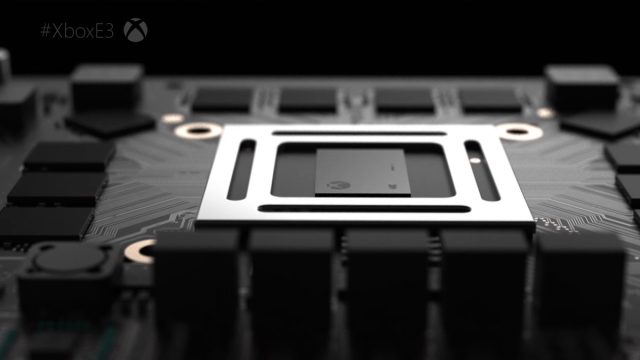 With 400,000 subscribers nationwide, RCN is one of the larger Internet providers in the United States.
With 400,000 subscribers nationwide, RCN is one of the larger Internet providers in the United States.
Like many other ISPs the company has been overloaded with piracy notices in recent years. One of the most prolific senders is Rightscorp, who submit DMCA notices on behalf of clients including BMG.
These notices are controversial, because they use an aggressive tone paired with settlement demands.
In addition, Rightscorp and its clients claim that ISPs could be held liable for the infringing actions of their customers if they fail to take proper action. This includes disconnecting repeat copyright infringers.
RCN is not pleased with these allegations and this week took legal action. The Internet provider filed a lawsuit against music rights group BMG at a New York federal court, seeking a legal opinion on the matter.
“The central question for this Court’s determination is whether an Internet service provider should be held liable for copyright infringement simply because it provides Internet connectivity to its customers,” RCN writes.
The Internet provider explains that BMG and its anti-piracy partner are demanding payment for the alleged wrongdoings of its customers. In the process, they are bombarding RCN’s mailservers with notices.
“Both BMG and Rightscorp are wrongly demanding payment from RCN for that alleged infringement, and have clearly expressed their intention to enforce these purported rights,” the ISP writes.
“To substantiate its allegations, BMG asserts that RCN is on notice of the alleged wrongdoing by pointing to Rightscorp’s history of inundating RCN’s email server with millions of notifications purportedly reflecting instances of subscriber infringement.”

According to the Internet provider the notices are so numerous and so lacking in specificity, that it’s not feasible to investigate the claims. In addition, RCN points out that Rightscorp’s monitoring technology is flawed for various reasons.
Among other things, the ISP notes that Rightscorp only checks if a small portion of an alleged copyrighted work is shared, not the entire file.
RCN further says that it is not liable for the infringement of its subscribers because it is merely passing on traffic, which allows the company protection under the DMCA’s safe harbor provision.
The company is asking the court to review the matter and issue a declaratory judgment to provide more certainty.
“BMG’s repeated assertions that RCN is liable for copyright infringement lack merit. RCN therefore seeks a judgment from this Court declaring that it is not liable to BMG for copyright infringement,” RCN writes.

This is not the first lawsuit to deal with the question of liability.
In a similar case last year, Internet provider Cox Communications was held responsible for the copyright infringements of its subscribers. In that case a Virginia federal court ordered Cox to pay BMG $25 million in damages.
Given the stakes at hand, it wouldn’t be a surprise to see various other ISPs and copyright holders taking an interest in RCN’s case, as it’s likely to have a wide impact.
The full complaint filed by RCN is available here (pdf).
Source: TF, for the latest info on copyright, file-sharing, torrent sites and ANONYMOUS VPN services.
 Alle Windows-Versionen seit 95 haben eine Sicherheitslücke, die die Manipulation des Datenverkehrs ermöglichen soll. Microsoft bezeichnet das Problem nicht als kritisch, der Entdecker sieht es anders - und will auf der Blackhat mehr verraten. (
Alle Windows-Versionen seit 95 haben eine Sicherheitslücke, die die Manipulation des Datenverkehrs ermöglichen soll. Microsoft bezeichnet das Problem nicht als kritisch, der Entdecker sieht es anders - und will auf der Blackhat mehr verraten. (


 Sattere Farben und Kontraste: Alienware bietet das Spiele-Notebook 13 R2 mit einem OLED-Bildschirm an. Das neue Display ist sogar günstiger als das höher auflösende und hellere IPS-Panel. (
Sattere Farben und Kontraste: Alienware bietet das Spiele-Notebook 13 R2 mit einem OLED-Bildschirm an. Das neue Display ist sogar günstiger als das höher auflösende und hellere IPS-Panel. (


 Künftig müssen Internetanbieter die tatsächlich gebotene Datenrate offenlegen, hat die Regierung beschlossen. Messergebnisse sollen speicherbar sein. Die Grünen wollen bei Abweichungen der Geschwindigkeit sogar Bußgelder und Schadenersatzansprüche. (
Künftig müssen Internetanbieter die tatsächlich gebotene Datenrate offenlegen, hat die Regierung beschlossen. Messergebnisse sollen speicherbar sein. Die Grünen wollen bei Abweichungen der Geschwindigkeit sogar Bußgelder und Schadenersatzansprüche. (